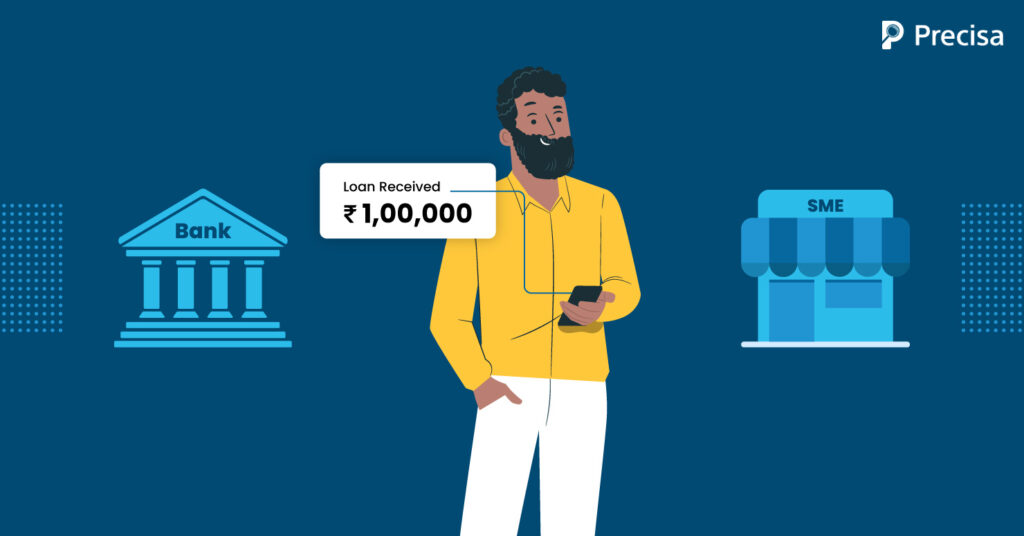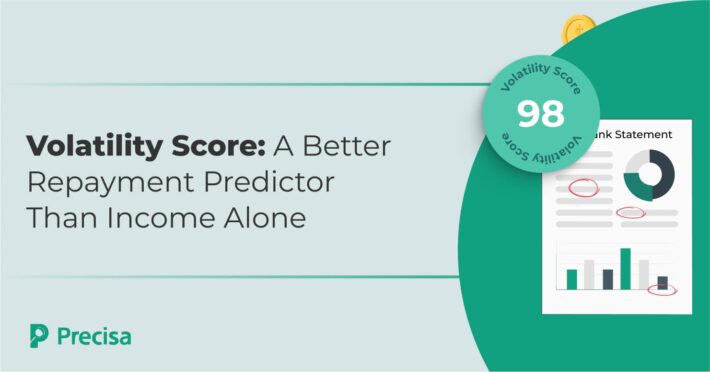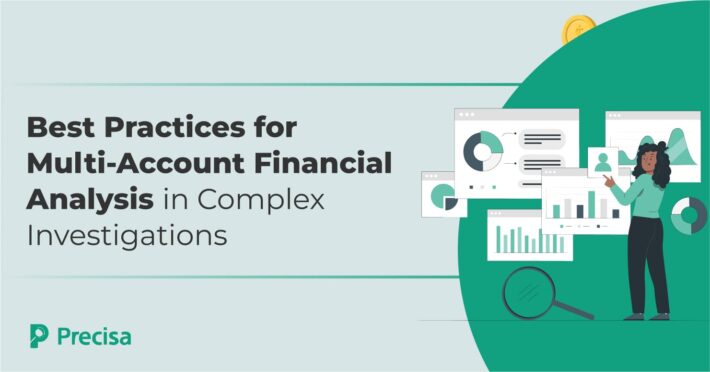Digital Lending: Transforming the Future of Banks and SMEs

Fintech innovations are making revolutionary strides in the banking sector.
They are altering the nature of banker-customer relationships, especially in lending to Small and Medium Enterprises (SMEs). Digital lending shifted the credit delivery process from the conventional lender-led mechanism to more proactive customed-based lending. This tectonic shift forced banks to reevaluate their business models and reinvent their fundamental functions, particularly lending. Banks have adapted to the change by collaborating with fintech firms and Non-banking Financial Companies (NBFCs) to provide bespoke lending products through digital channels.
The Shifting Dynamics of Bank-SME Relationship
The Covid-19 pandemic hastened the transition of the SME-bank interaction into an equitable relationship. Digital financing has reshaped the lender-borrower relationship of business loans in the following ways.
- The Changing Expectations of SMEs– With digital lending solutions, SMEs have experienced convenience and speed of service. Consequently, their expectations from the banking sector have changed. Small businesses no longer rely solely on banks for credit; they seek digital loans if their banks cannot meet the demands. Banks are also aware of this evolving situation.
- Adapting Lending Functions to the Changing Market– Lending is the core function related to the banks’ profitability. Traditional bank loans are ‘template’ products designed according to the lender’s requirements, e.g., a working capital loan or an asset purchase loan. These products lack customisation options for meeting the borrowers’ needs. On the other hand, digital lending products offer targeted solutions to changing needs of SME customers. Digitisation innovates lending functions to suit the demands of the competitive marketplace.
- Better Customer Experience– Digital lending provides faster, simpler, and seamless service, which results in improved customer engagement, experience, and satisfaction and generates loyal customers who provide repeated business.
- Data and Technology Bring Competitive Advantages– Fintech deploys technologies like Artificial Intelligence (AI), blockchain, and decentralised finance (DeFi) on real-time customer data to understand SMEs’ needs and deliver products accordingly. Technology and data become competitive advantages for lending firms.
How is Digital Lending Changing the Future of Banks and SMEs?
Fintech lending is remarkably changing how banks extend credit and SMEs borrow funds. Digital lending integrates various disjoint activities in the lending process and offers solutions for inherent drawbacks in traditional methods. Some characteristics of this digitisation are significant and worth mentioning.
For Banks:
- Faster and more efficient decision-making– An SME credit decision in traditional banking often takes three to five weeks. In contrast, digital lending approves loans in hours, if not minutes. Automated underwriting uses Robotic Process Automation (RPA) and Machine Learning (ML) and is free from human judgments and errors. Also, predictive analytics reduces the risks of loans turning into non-performing assets (NPAs).
- Enhanced revenue margins and future decreased costs– Conventional business loans have become legacy products in banking with shrinking profit margins. Digital loans are the obvious alternatives presenting superior revenue margins. Moreover, digital lending reduces overhead costs by 30%-50%.
- Improved employee productivity– Automation reduces the hours spent on loan processing, and banks can devote human resources to more critical functions such as relationship management. Digitisation doesn’t eliminate human interaction in banking but makes it more efficient.
- Getting rid of organisational silos– A successful digital lending framework requires synergy between different banking functions like business development, risk management, operations, IT, etc. Each of these departments may have conflicting interests with one another, and as a result, they may operate independently and without sharing information, resulting in organisational silos. Fintech lending necessitates improved collaboration to ovecome such scenarios.
For SMEs:
- Faster and reliable credit available at lower costs– Digital loans allow SMEs to access required money as and when needed. Hassle-free, paperless onboarding procedures and faster processing ensure quick access to credit. Businesses can avail of small-ticket loans with shorter tenures at low-interest rates in the fintech lending market.
- An inclusive credit facility– Digital lending is a key enabler of financial inclusion, bringing credit to customers with limited access to loans. Credit score based on credit history is a prerequisite to availing of traditional loans. In contrast, fintech uses behavioural and data analytics to assess the creditworthiness of new-to-credit customers and small businesses.
- Availability of wider credit options– Digital lending products are simple and flexible compared to traditional loans. The fintech market offers a range of tailored products well suited to the needs of SMEs. Some important lending products include:
- Peer-to-Peer (P2P) lending
- Invoice financing and supply chain financing
- Buy now, pay later loans (B2B BNPL)
- Line of credit, etc.
Besides, fintech facilitates the comparison of different digital loans, their features, and lenders at online Loan Market Places so that SMEs have sufficient information to make an informed credit decision.
The Path Ahead
In 1994, Bill Gates must have sounded like a visionary when he said, “banking is necessary, banks are not.” Nearly 30 years down the line, it is proving to be true. For banks, physical presence has become redundant. The future belongs to digital banking and neo-banks. Fintech has established its presence in the changing banking landscape and is here to stay. Going forward, a digital lending presence is not a service option for lenders but a necessity for surviving the competition.
Transactional data becomes a powerful tool for assessing the creditworthiness of SMEs in the absence of sufficient credit history. Precisa’s Bank Statement Analyser classifies account transactions into revenue and expense items and then verifies and analyses this data to determine fraud risks. Based on the analysis, the tool assigns a creditworthiness score called the Precisa score to simplify your credit assessment process. Sign-up right away for a free trial, or check out our various plans here.


